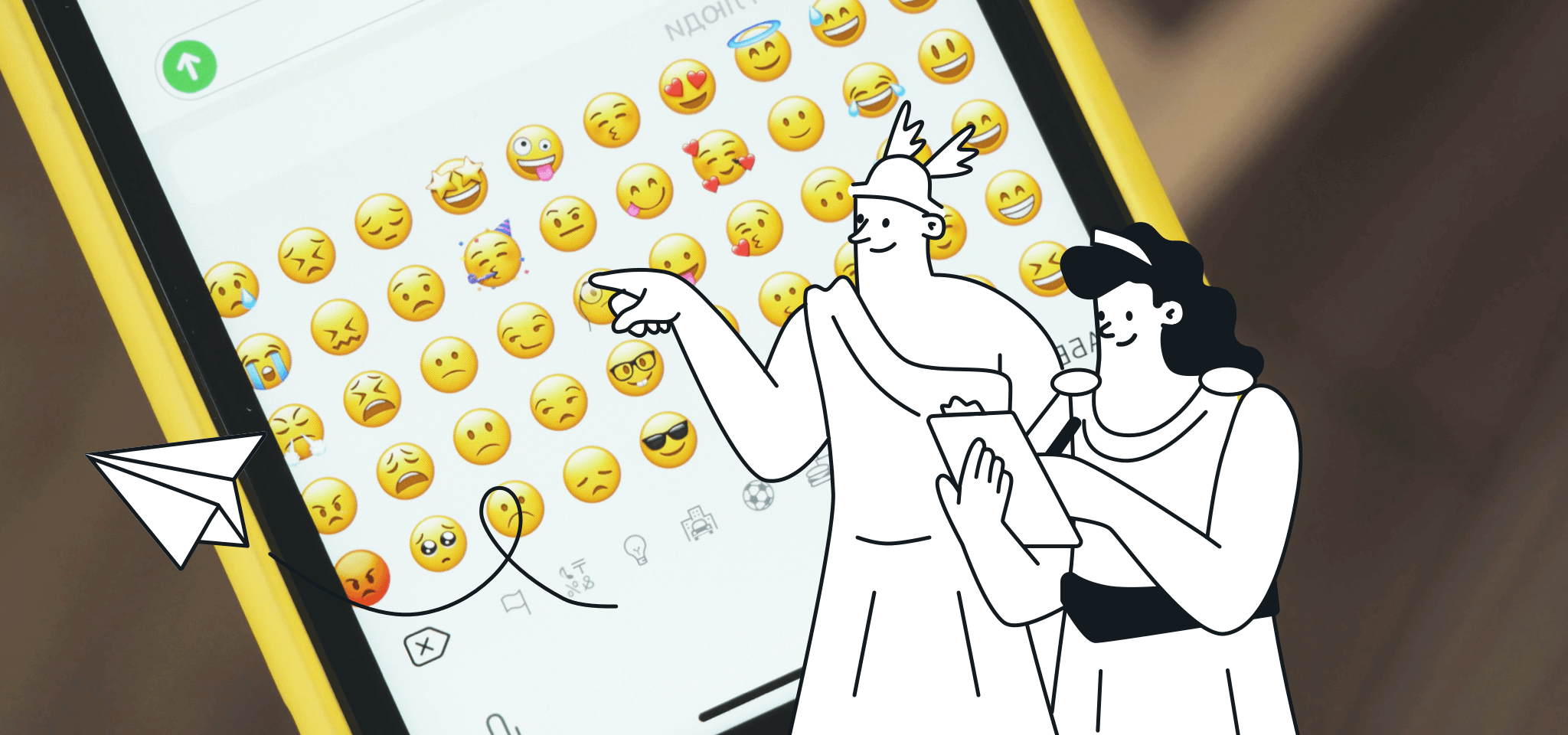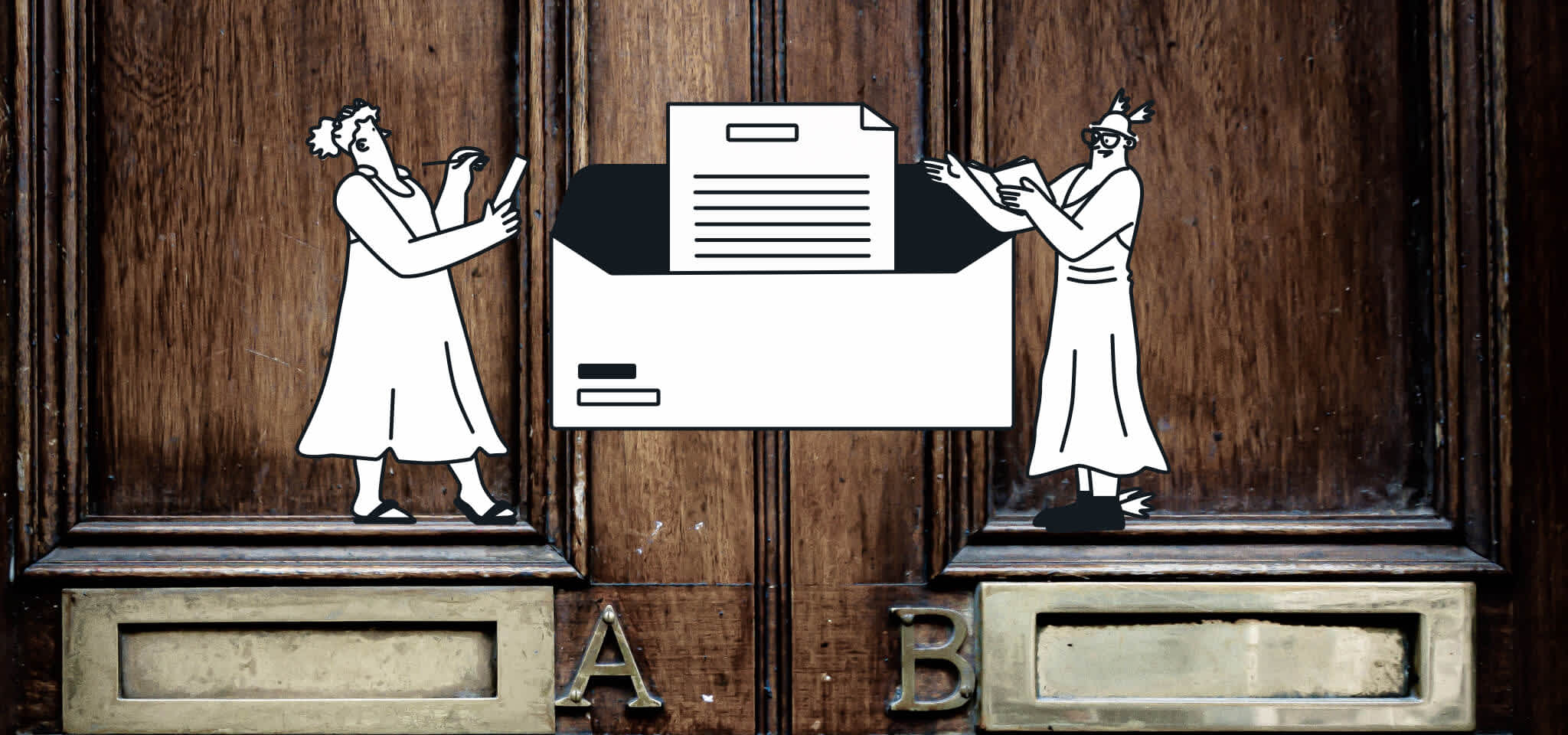Email best practices
The 4 best ways to use emojis to optimize email subject lines
Emojis are still alive and kicking. In the age of text-based communication, emojis bring emotive expressions to the table and email subject lines are no exception.

PUBLISHED ON
We don’t need to tell you how common it is to use emojis for digital communication. But how did emojis become symbols of human emotions? Today, emojis are so popular that we even have an emoji keyboard and an emojipedia explaining each one’s origin. They’ve even expanded into Hollywood with a film made in 2017 called The Emoji Movie. Regardless of what messaging software or email service provider (ESP) you’re using, you can bet that it comes fully loaded with an integration that allows you to use emoji for email. But have you realized that emoji use has evolved beyond the colloquial?
Emojis have become some sort of parallel universal language. As an email marketer, you’ve probably been tempted to include a fashionable shoe or lipstick in your latest sales campaign, hoping that these cute icons would attract clicks.
At Mailjet, we were so curious about emojis’ impact on emails that we decided to research the topic to better understand it.
We discovered that emojis in marketing email subject lines impact your open rate. Users are drawn to your email over others because of these simple digital pictographs. However, a misused emoji can hurt your open rate or lead to your email being labeled as spam.
Since there’s already a negative sentiment towards email overload, throwing the wrong emoji into the mix can raise that negativity by 26%.
So how do you find the balance? In this article, we’ll help you strike the right balance of emoji use in your email marketing subject lines. But first, let’s discuss the origin and nature of emojis.
Table of content
What about emoticons?
Emojis versus emoticons
1. Know what you’re trying to say
2. Keep it relevant
3. Convey an emotion
4. Emphasize an idea
The performance of emojis in email subject lines
What are emojis?
The word emoji is Japanese, and it means figurative characters. They are pictorial symbols used in digital communication.
They were developed in 1999 by Japanese interface designer Shigetaka Kurita as part of NTT DoCoMo’s i-mode mobile internet platform. The graphic symbols became an instant hit, first in Japan and then all over the world.
What about emoticons?
Even though the names sound pretty similar, emojis are different from emoticons. Emoticons (“emotional” + “icons”) were developed in 1982. They’re purely text-based and reproduce typographic facial expressions. Essentially, they’re made up of punctuation and are used to convey emotions.
Emojis versus emoticons
Both graphically represent emotions. However, unlike emojis, emoticons can be displayed on all browsers and devices since they’re composed of universal punctuation across different fonts. Emoticons are compatible with most digital communications devices and platforms.
Emojis, however, function more like a font, and how it’s displayed depends on your recipient’s inbox service provider (ISP). You can pick your favorite font, but your email will display in a different font if the ISP doesn't support it. Or worse, emojis might show up as icons like question marks or empty squares, indicating a lack of support.
One of emojis’ main issues is that not all browsers support them in the same way. They can vary considerably from one device, browser, or email client to another. If your recipient doesn’t have the same emojis as you, their ISP or device can’t support the formatting, and they won’t see the emoji the way you do.
Now let’s get into best practices when you insert emojis in your email subject lines.
Tips for using emojis in email subject lines
Logically speaking, if few email subject lines have emojis in them, then using one in yours will draw attention to yours over others, right? However, using one out of context or in the wrong spot can land you on the internet blocklist. There’s a delicate balance. So here are some elements you should think about before adding emojis.
1. Know what you’re trying to say
There’s likely an appropriate emoji to punctuate your message, no matter who you send an email to. You certainly aren’t starved for choice with options ranging from trendy fruits and hand gestures to the registered copyright symbol.
There’s also a wide swath of emojis to emphasize your email’s subject line and a corresponding message. The point is to make sure the emoji you choose and your email message match.
2. Keep it relevant
Use emojis to match your email content to keep your subject line looking clear. Craft it with intention rather than including an emoji for attention. For instance, if you send a birthday email to a colleague, using the balloon emoji might be more fitting than the pineapple emoji. Unless, of course, your colleague loves pineapples.
Holidays like Halloween are also a great time to include relevant emojis like ghouls, skulls, and bats.
3. Convey an emotion
Let’s not shy away from the prefix of the words emoji and emoticon: emo. We’re not talking about the music genre that overtook the nineties and the naughties. Instead, we’re talking about our emotions.
Everyone feels emotions, and expressing them in your marketing draws customers in. An emotional hook can pluck at your readers’ heartstrings. Expressing feelings is healthy and relatable, and you can use emojis to convey those emotions across your digital correspondence.
If you’ve got great news to share with your email audience, consider punctuating your email subject line with a megaphone or smiley face. You’ll add a little zest of personality to your emails, making them more clickable, which could help you reach your key performance indicators (KPIs).
Bonus tip: Consider using an emoji to replace a feeling altogether. For example: 10 things we ❤️ about spring!
4. Emphasize an idea
Use an emoji following a keyword in your subject line to spotlight that word, thought, or point. Your instinct might tell you to insert an emoji at the beginning of your email subject line, but we strongly suggest the former. Doing the latter might leave your email subject line clunkier than intended. Using emojis at the end of subject lines or after particular words is the aim. For instance: New glasses, who dis? 🤓
How to make sure emojis will show in emails
When it comes to your email marketing communications, you don’t want to put your foot in your mouth, digital or otherwise. So here are some steps to keep in mind when using emojis in your email subject lines:
Keep it simple. You want to stick to universal emojis available across different operating software like iOS.

Use pre-deployment testing software like Email on Acid to test emojis display correctly across multiple email clients and devices.
Alternatively, send test emails to yourself and your team using the emoji in the subject line and check on different email service provider apps (Gmail, Outlook etc.) to see if the emoji is supported.
View your test emails on mobile devices with different operating systems, including smartphones like iPhones or Samsung.

We know it’s hard to choose the right emoji, so Mailjet made this easier with one function: A/B Testing.
What’s A/B testing?
A/B testing allows you to send emails confidently. It removes the guesswork of which emojis work best by allowing you to test variations of the same email. It sends the winning version to the remainder of your list, giving you the best possible chance to drive up your campaign’s performance.
The performance of emojis in email subject lines
Here at Mailjet, we love testing different newsletter ideas (and sharing the results with all of you). Every July, around World Emoji Day (July 17), we get creative with our subject lines to determine whether emojis are still impactful. And if they really work to drive email engagement and increase open rates.
Keep your eyes on our emoji research to see what you should and shouldn’t include in your subject lines.
Here’s what we found out in our earlier tests:
In 2016, we tested four different emojis across four geographies (US, UK, France, and Spain). Globally, the best performing emoji was the “joy” emoji 😂. You can check the results for our emojis in Email Subject Line Survey 2016.
In 2017, we decided to step it up and test eight emojis. We used the four emojis we tested in 2016, versus four other emojis, across five geographies (US, UK, France, Spain, and Germany). You can check the results for our Emojis in our Email Subject Line Survey 2017.
In 2018, we wanted to conduct a survey to identify which one of the new emojis worked best to generate engagement. Of all the emojis, the “star-struck” emoji 🤩 had the most significant impact on the campaign’s performance across all countries, combined with an average open rate of 23.6%.
Wrapping up
Have you performed a similar test? Are you celebrating #WorldEmojiDay? Do you love The Emoji Movie? Or, perhaps you’re just a superfan of using emojis.
Regardless, we hope you’ll come away from this article more comfortable with emojis and how you can use them to optimize your email marketing subject lines.
For everything else, from questions about this to any other email marketing queries that may arise, you can count on the team at Mailjet for support.








